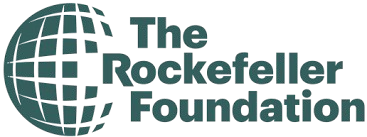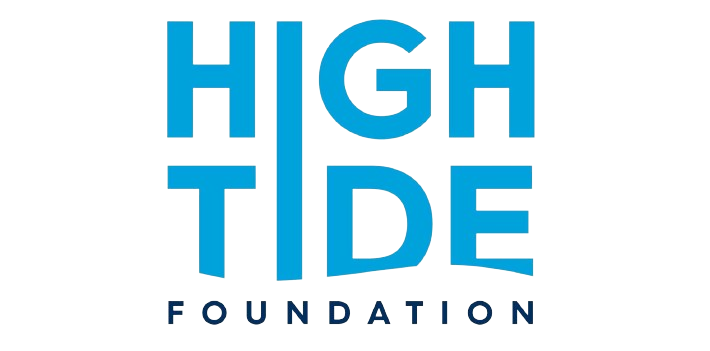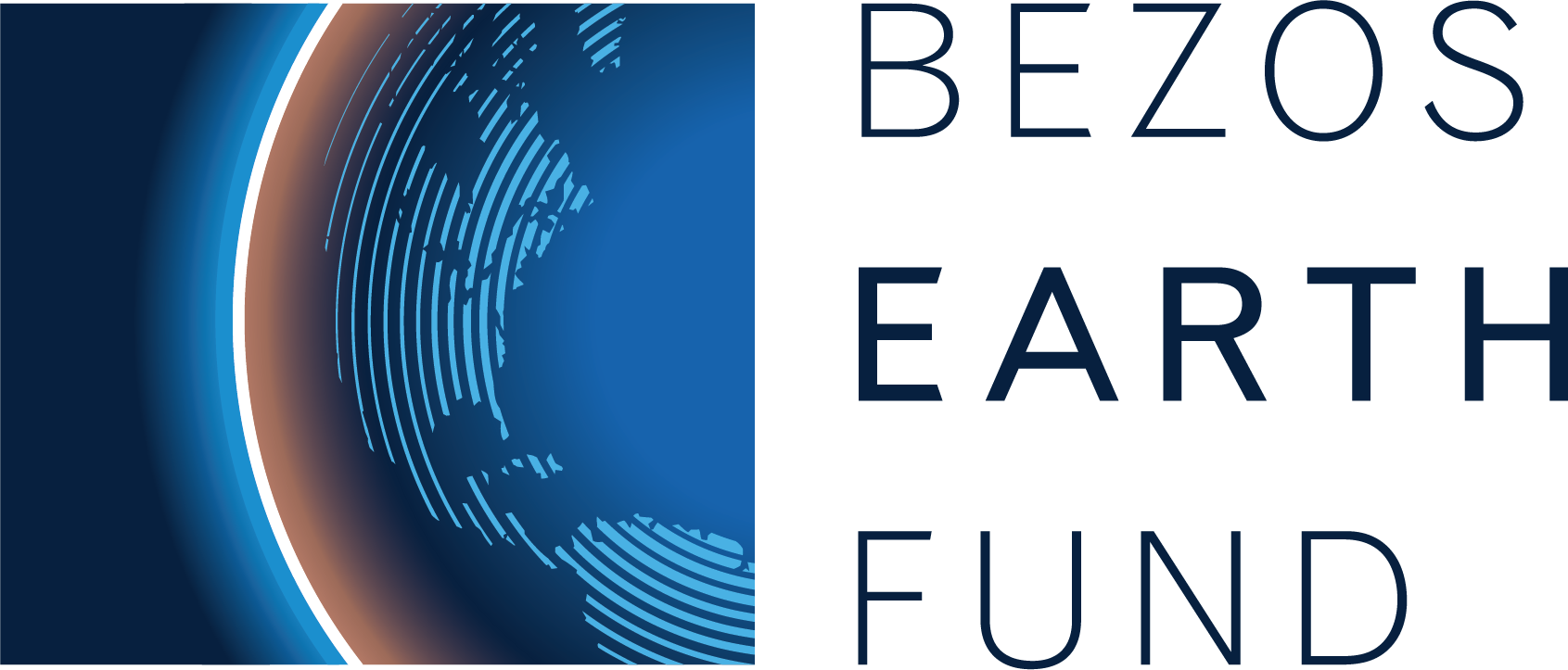High-integrity carbon markets: can help accelerate implementation plans at COP
Written by ICVCM
Published

As world leaders prepare to gather in Belém for COP30, the message is unambiguous: this is the “implementation COP”. With the crucial 2030 deadline looming, nations must accelerate their climate action efforts rapidly to meet the goals of the Paris Agreement.
Achieving this demands the deployment of every tool at our disposal – and high-integrity carbon markets are emerging as one of the most powerful mechanisms.
While significant progress has been made in shifting away from fossil fuels, the pace of change remains too slow. High integrity carbon markets, aligned with the Core Carbon Principles (CCPs), provides a vital means to picking up the pace. They enable companies and countries to invest in climate action, and take responsibility for ongoing emissions in their value chains where low carbon solutions are not yet available or ready to scale. They also channel finance to carbon projects and climate solutions that would not otherwise receive funding but are critical to reducing and removing global emissions at the pace required.
Aligning with COP30’s priorities
As policy makers work to implement national climate action plans, three priorities stand out as relevant to the ICVCM’s work: scaling up climate finance, protecting and restoring nature, and strengthening leadership from Indigenous Peoples and local communities.
The ICVCM’s work to deliver high integrity carbon markets supports all three priorities. In terms of climate finance, they channel finance to climate solutions that would otherwise not be viable and therefore address emissions that would otherwise be left unmitigated. These climate solutions range from capturing methane from landfills and using it to generate electricity to efficient cookstoves and carbon dioxide removal. The CCPs are helping ensure a consistent, transparent and accountable framework to ensure this finance delivers genuine, measurable climate impact.
In terms of protecting and restoring nature: carbon projects can also be nature based – from projects that support farmers to switch to sustainable, lower emissions approaches to farmingto reducing reforestation and restoring degraded lands, the ICVCM has now approved a range of carbon crediting methodologies for nature-based projects.
The ICVCM’s work and the CCPs also ensure that Indigenous Peoples as well as local communities* retain decision-making authority over projects that impact them. The CCPs were developed to ensure carbon markets deliver not just climate impact, but also social equity and financial accessibility.
Closing the finance gap
The COP’s location in Latin America and the Caribbean (LAC) is of particular note in relation to the global carbon markets as this region is uniquely positioned to drive impactful climate action. There are substantial emissions in LAC generated by agriculture: carbon projects can help finance sustainable farming practices and reduce methane from livestock and rice production.
As a region, LAC is also home to 40% of the world’s species and more than a quarter of Earth’s forests, and while it contributes just 8% of global emissions, it holds enormous mitigation potential both in is forests but also through other agriculture and technological carbon projects. The region is also home to an estimated 42 million Indigenous persons, whose participation and leadership within carbon markets is critical to their success.
This potential is already attracting significant carbon finance investment. In 2023 alone, Latin America received $1.5 billion in carbon project investments – the second-largest regional share globally after Southeast Asia. Mexico, Brazil, Colombia, and Peru led the way, collectively attracting 76% of this capital.
Momentum is continuing to build: in 2025, nearly 23% of global carbon credit retirements and 24% of issuances are expected to come from the LAC region.
Yet despite this progress, a critical finance gap remains. Transitioning LAC to net zero by 2050 could cost nearly $700 billion per year which is why high integrity carbon markets can play a key role.
High-integrity carbon markets provide a vital tool to bridge this divide – channelling finance directly to projects and communities that can deliver measurable climate impact.
Targeting LAC’s key emissions sources
The strength of high-integrity carbon markets in LAC lies in their alignment with the region’s main sources of emissions. Around 50% stem from agriculture, forestry, and land use driven by deforestation for agricultural expansion. Energy accounts for another up to 38% of emissions, and waste contributes 7-8%.
The Integrity Council has already approved several high-impact methodologies that directly address these emission sources, including:
- Afforestation, Reforestation, Revegetation: These projects capture carbon, restore soil health and enhance biodiversity while providing shared benefits to Indigenous Peoples as well as local communities stewarding the land.
- Household biodigesters: Convert organic waste into clean energy and nutrient-rich fertiliser, reducing methane while supporting local energy access, agricultural productivity, and gender equity. By 2050, biodigesters could supply 1.2–2.7% of global energy.
- JREDD: Jurisdictional REDD+ programs operate at regional or national scales, led by governments or authorities to tackle deforestation strategically. By aligning with national climate plans and contributing to NDCs, JREDD helps prevent deforestation from shifting to unprotected areas and supports broader climate goals.
- Landfill gas capture: Projects prevent methane emissions from waste, converting it into renewable energy.
- Ozone depleting substances: Prevents release of potent greenhouse gases while protecting the ozone layer.
- REDD+: Projects focus on reducing emissions from deforestation and forest degradation while promoting the conservation and sustainable management of forests. This has the potential to contribute at least 30% of the emissions mitigation needed to meet the goals of the Paris Agreement.
- Sustainable Agriculture: Agriculture is a major contributor to the climate emergency, responsible for approximately 11.7% of global greenhouse gas emissions. Projects using sustainable agriculture methodologies use a wide range of improved agricultural practices designed to reduce greenhouse gas emissions and/or enhance the absorption of carbon by soils.
Currently, 383 projects across Latin America operate under CCP-Approved methodologies – 31 in Brazil, 5 in Colombia, 2 in Ecuador, and 9 in Peru. As more projects adapt to meet the rigorous standards of the CCPs, the supply of high-quality credits will grow to meet demand.
The role of the Core Carbon Principles
Building trust is essential if carbon markets are to deliver the scale of finance the world needs to meet its climate goals. The CCPs provide this foundation by defining an independent, global threshold for carbon credit integrity, aligned with the Paris Agreement and CORSIA. They help build confidence that every credit represents genuine, additional, and verifiable climate impact.
The CCPs also complement Article 6 of the Paris Agreement. While Article 6 establishes the framework for international cooperation between countries, the CCPs ensure that credits traded for corporate use meet the same rigorous standards of integrity. Together, they create aligned rules across international carbon markets, enabling them to scale and maximize their collective impact.
Importantly, the CCPs are designed to evolve. Through ongoing Continuous Improvement Work Programs, the Integrity Council ensures that these standards stay responsive to scientific advances, new technologies, and guidance under Article 6, maintaining their relevance as the climate landscape shifts.
Scaling through regional harmonisation
As high integrity carbon markets gain traction across the world, a key implementation challenge has emerged: ensuring coherence across national frameworks. Fragmented rules and competing standards can slow investment, create confusion, and limit the market’s ability to scale.
However, countries are working to reduce fragmentation of markets. For example, regional harmonisation is becoming a priority across LAC. Brazil’s COP30 Presidency has identified harmonisation of carbon markets and accounting standards as a key objective. Its National Development Bank (BNDES) has underscored that alignment with international standards such as the CCPs is an indispensable condition for ensuring credibility on the global stage.
Meanwhile, Colombia has committed to establishing frameworks for Article 6 mechanisms, while countries from Panama to Peru and Paraguay are building national carbon systems.
This opens up new opportunities for cross-border cooperation and investment – but only if built on a foundation of shared standards of integrity. The CCPs provide precisely this foundation, offering a common threshold that enables countries to develop complementary national frameworks while maintaining credibility and market access.
Centreing both Indigenous Peoples and local communities
Indigenous Peoples as well as local communities are critical to high integrity in carbon markets. They also play a central role in climate action in LAC. Their territories hold about one third of all the carbon stored in the region’s forests, highlighting the central role they play in emissions mitigation and biodiversity protection.
This is why high-integrity carbon markets must ensure that these communities are not just beneficiaries but key leaders and decision-makers in the development and implementation of all carbon-crediting projects that impact them.
The CCPs Assessment Framework embeds this principle. It includes requirements for projects to uphold social safeguards, ensure positive sustainable development impacts, implement transparent benefit-sharing, and maintain clear grievance procedures. This ensures that carbon projects deliver real benefits for Indigenous Peoples as well as local communities while protecting their rights, knowledge, and cultural heritage.
To support high-integrity carbon markets, the Integrity Council works closely with the Indigenous Peoples and Local Communities Engagement Forum, a self-led platform that amplifies the voices of those most affected by carbon projects.
Case studies of projects using CCP-Approved methodologies show how centreing Indigenous leadership and local decision-making leads to stronger outcomes. Projects not only achieve environmental goals but also uphold social safeguards, protect rights, and strengthen community resilience.
At COP30, the Forum is launching consultation on its new Carbon Market Engagement Strategy – a living roadmap developed by the Forum, which will be open for consultation from COP30 until mid-December 2025. The launch represents a pivotal moment to strengthen community influence in global climate governance, ensuring that carbon market reforms deliver meaningful environmental and social impact.
The path forward
With the need for climate finance more urgent than ever, as COP30 begins, high-integrity carbon markets offer a credible pathway to attract the investment needed for climate action while ensuring finance reaches communities on the ground.
The question is no longer whether high integrity carbon markets have a role to play in achieving the goals of the Paris Agreement. Carbon markets, underpinned by the CCPs, are an indispensable tool for unlocking the potential for regions like LAC to attract climate finance, drive sustainable development, and secure a resilient future.
*The Integrity Council recognises Indigenous Peoples and local communities as different and distinct peoples with discreet rights and interests as expressed in international and national instruments, and in traditional laws.
The Core Carbon Principles
The Core Carbon Principles (CCPs) are ten fundamental, science-based principles for identifying high-quality carbon credits that create real, verifiable climate impact.

Stay in touch
Sign up to the Integrity Council’s newsletter for ongoing updates on high-integrity in the voluntary carbon markets.
Newsletter








